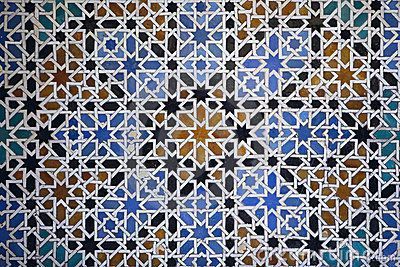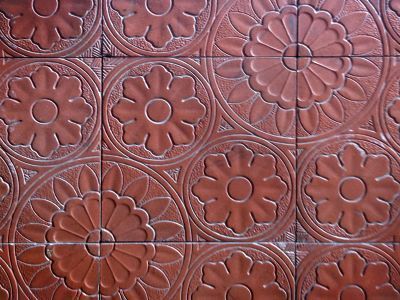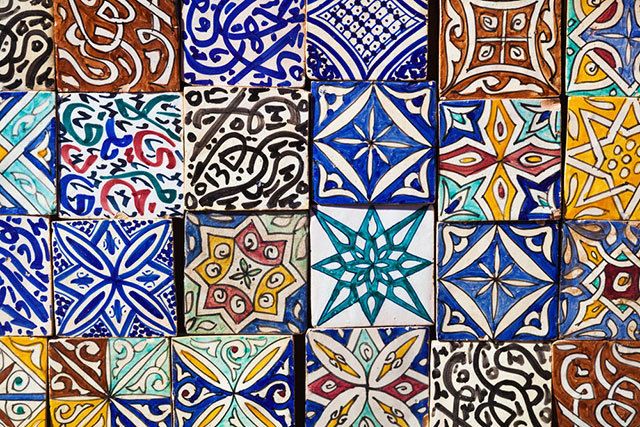It is an often-asked question. The short answer is, yes, absolutely you can tile over tiles. In fact, a lot of the basic rules for tiling still apply, exactly as they do for any surface. Without a sound, solid base, no tiling job will ever be perfect.
What to consider before tiling over tiles.
If the wall is being re-tiled due to damp issues or any structural concerns, then it wouldn’t be advisable to tile over the existing tiles. You will be hiding an existing problem which is very likely to reappear after a short time.
On the other hand, if styles have changed and the decision has been made to refurbish a room, then tiling over the top is definitely an option.
In a small space, particularly where fittings such as baths and basins are pressed against the existing walls, the thickness of new tiles (and adhesive) may reduce the size of the room too much. Check this carefully.
The existing tiles must be in good condition and it is worth checking how flat the wall is using a long straight edge or spirit level. Any loose tiles can be removed and the wall behind them cleaned of old adhesive. The tiles can now be replaced using new adhesive to keep the surface flat.
How to prepare old tiles for re-tiling.
- The old tiles need to be clean and free from grease. A good quality degreasing agent can be brushed onto the existing tiles. Depending on the type of flooring, it might be worth protecting from this degreaser when scrubbing it off. Wire wool and white spirit would work equally well.
- Remove any old grout which looks cracked or shows any sign of growing mould spores. This mould growth will still have the damp and warmth it needs even if you cover it up. Better to clean the grout out than risk mould.
- Tape up edges of non-tiled surfaces to make sure they don’t become damaged by adhesive when re-applying tiles.
How to lay new tiles on old.
- Use an latex modified or flexi powdered tile adhesive. Mix up the adhesive according to manufacturer’s instructions. Mix only enough for an area you are confident to work in.
- Prime existing tiles with an Acrylic primer or SBR, add a handful of sand to the mix which will provide a key
- Use the flat edge of your trowel to spread a thin layer across the area being tiled.
- Apply a second layer, this time using the notched edge of your trowel. This will ensure a uniform height of adhesive ready for the tiles.
- Press and slide your tiles into the adhesive and use spacers just as you would on any other surface.
- Once the whole wall is finished, allow to dry for at least an hour before attempting to grout.
Grouting.
Latex modified style grout will work well in most situations. To ensure a good bond with the adhesive, an epoxy grout can be used. Be careful with epoxy grout and adhesive, they both require a solvent to be removed from tile surfaces. It is worth mixing small amounts of grout at a time and taking longer than usual with the job.
Tiling on existing tiles is just one of the many skills you can master by taking one of our tiling courses.
For more information about our training courses, get in touch today.


